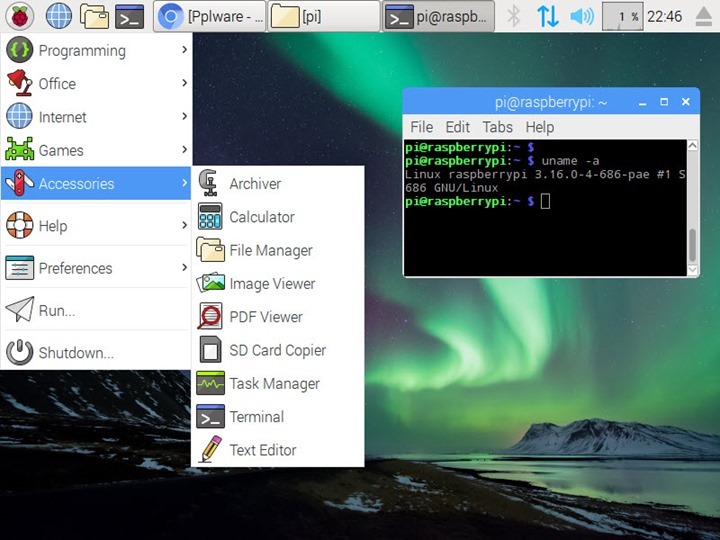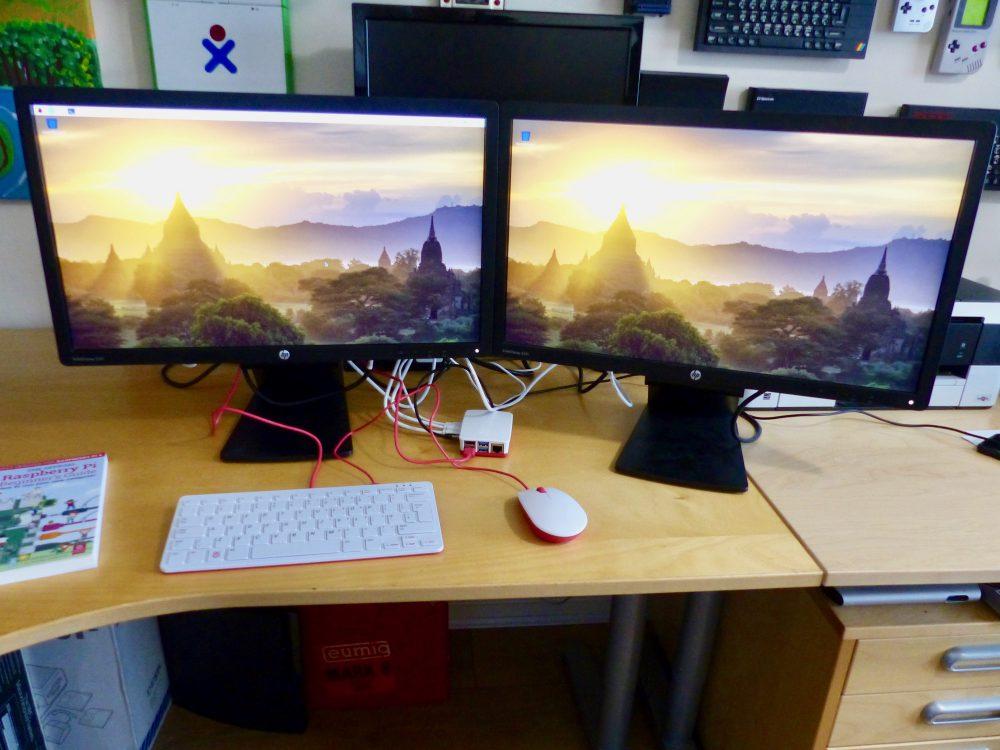
RASPBERRY PI INSTALL OPENOFFICE PASSWORD
If security is a concern, you may want to require a password by default. You will note that Raspbian, by default, boots straight into the desktop. These can be entered later but it is best to do it during installation. It will prompt you to enter locale information, change the default password, setup WiFi, and a few other things. Your first boot will take a while as the system updates itself. You can obtain Raspbian with one of our NOOBS (New Out of Box Software) SD cards. Just use the default installation which will give you a nice windows-like environment. We recommend running the latest version of Raspbian with "desktop and recommended software". It has everything you'll need except a monitor, and it comes with a handy guide as well.

If you are starting out with nothing, consider the Raspberry Pi 4 Desktop Kit. We don't recommend a VGA-only monitor, as the adapters can be fussy DVI is fine if you get a DVI to HDMI connector. Make your life easy by getting an HDMI capable monitor. Speaking of monitors, just about any monitor will do, and if you want to be fancy you can run two at the same time off the Pi 4. If you have an HDMI capable monitor, you'll need a microHDMI to HDMI cable. A case is strongly advised, and we recommend our SecurePi case. You'll need an SD card and a power supply, as well as a USB keyboard and mouse (the Raspberry Pi keyboard and mouse are great, but any USB device will work). Of course a Pi 4 on its own can do nothing. In fact, I am writing this blog post using a Pi 4! So I figured now would be an excellent time to try it out. I have been wondering for a while if I could use a Pi 4 as my primary machine. We use Raspberry Pi's around the office and at home for a variety of tasks, but other than my daughter's Pi 4, none of us are using them as a desktop. Press and hold the SHIFT key on your keyboard to change to the Raspberry Pi’s network install mode.Using the Raspberry Pi 4 as a Desktop Computer, Part 1: Setting Everything Up This screen informs you that it hasn’t found a bootable device and is waiting for one to become available. After turning your Raspberry Pi on, you will be greeted by the screen that we have shown below. You will need an active internet connection to use the network install software.ģ. The Raspberry Pi will boot straight into the installed operating system if it is.Īdditionally, it would be best to have an ethernet cable plugged into the Pi. You will need to ensure that the USB or SD Card that you have inserted into your device doesn’t already have an OS. For the next step you will need to start with your Raspberry Pi turned off. Older versions of the Pi 4’s bootloader do not contain the required network install functionality.Ģ. Before proceeding further, make sure that you have installed the latest bootloader to your Raspberry Pi. You will need your Raspberry Pi, a blank SD Card, keyboard, mouse, and a monitor for this section.ġ. If you are familiar with the Raspberry Pi Imager tool, you will be very much familiar with this interface.

Within this section, we will be showing you the basic usage of Raspberry Pi’s network install functionality. Please note that the beta version of the bootloader can potentially be unstable. When following the guide, you will need to make sure you install the “ beta” release.

While the Raspberry Pi Foundation plans to include the updated bootloader with future production runs, it is still only in beta.īefore proceeding further, install the latest bootloader to your Raspberry Pi by following our guide.
RASPBERRY PI INSTALL OPENOFFICE UPDATE
To use the network install functionality on an existing Raspberry Pi 4’s, you must update the bootloader.

RecommendedĮnabling Network Install Functionality on the Raspberry Pi Equipmentīelow is the list of equipment we utilized when performing a network install on our Raspberry Pi. These supported devices include the Raspberry Pi 400. Please note that this functionality is only supported on the Raspberry Pi 4 and newer. If the Raspberry Pi detects a bootable USB or SD Card, it will go straight into them. Unfortunately, Wi-Fi is not supported by the Raspberry Pi’s network install.Īdditionally, you will need a blank SD Card for the network install functionality to work. You will need an active ethernet connection to utilize this functionality. Instead, the device itself will now handle the whole process. This new functionality means you no longer need a separate computer to install an OS to your Pi’s SD card or USB. With new versions of the Raspberry Pi 4’s bootloader, you can now install operating systems over a network connection.


 0 kommentar(er)
0 kommentar(er)
